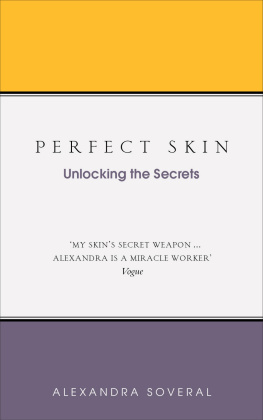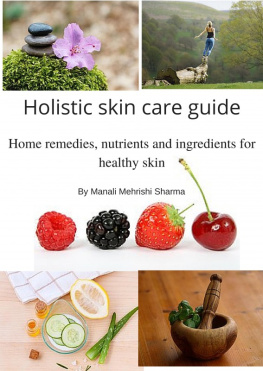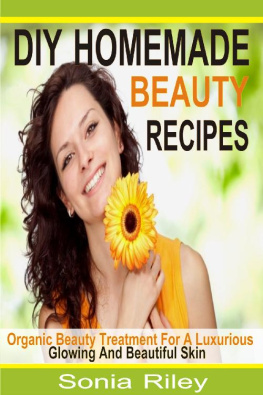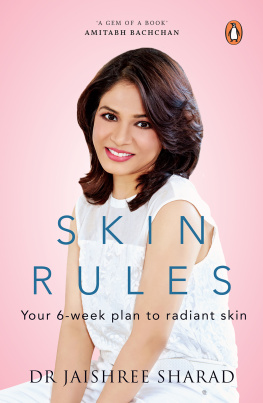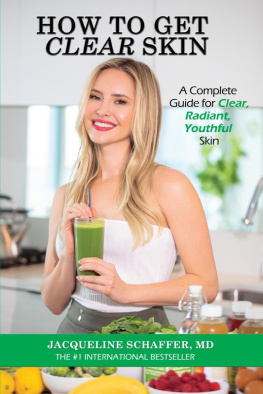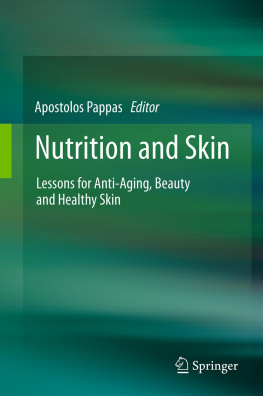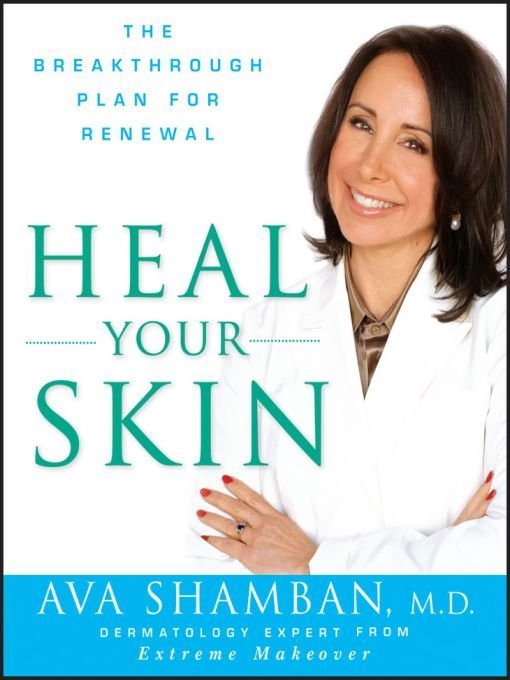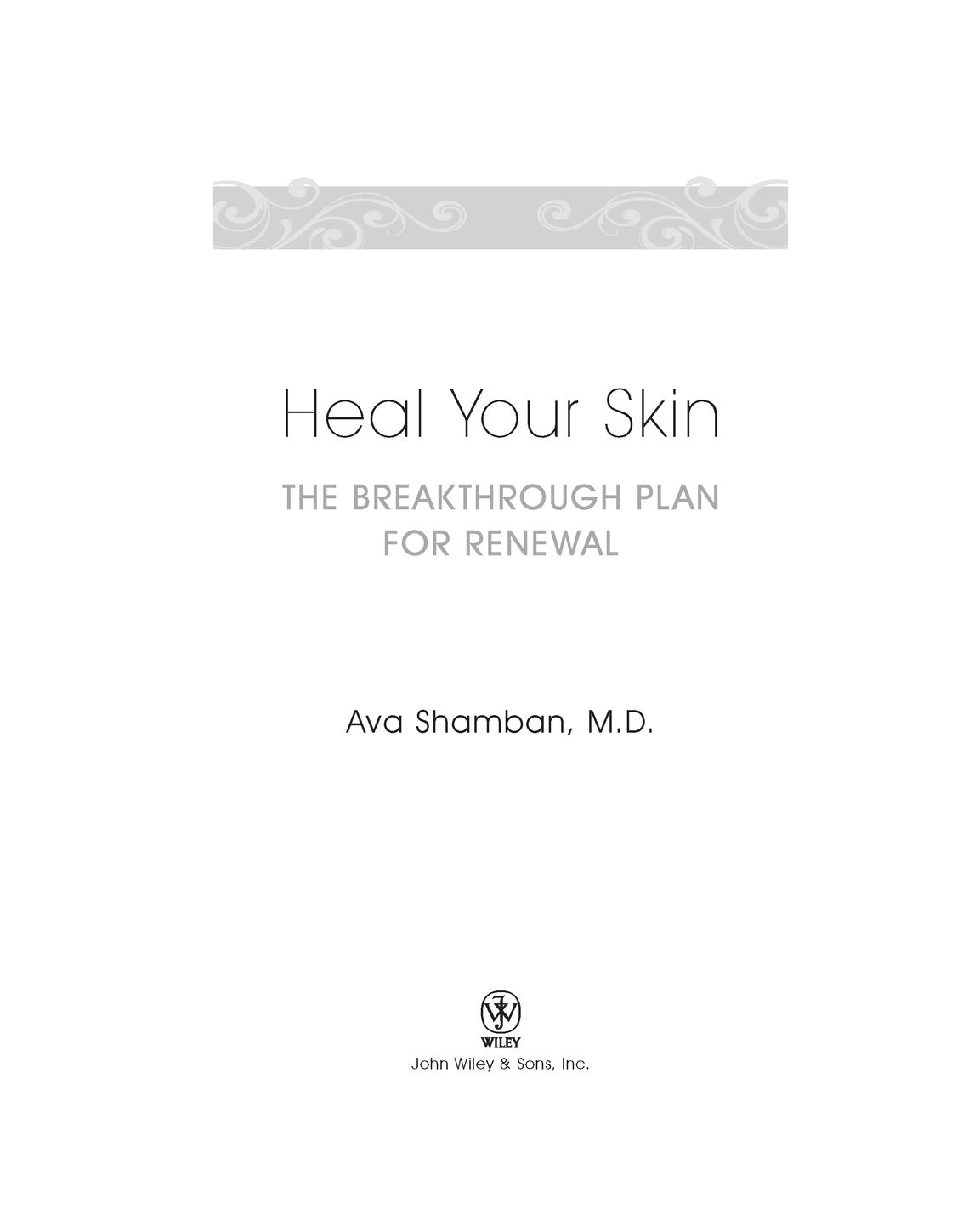Table of Contents
To Nancy Daly, who worked tirelessly on behalf of foster youth, music, and the fine arts, never faltering in the face of serious illness To Zack, Reid, and Dylan, who inspire me with their endless curiosity and pursuit of their personal best And to my parents, who encouraged me to challenge myself and always emphasized the importance of giving back
ACKNOWLEDGMENTS
If it takes a village to raise a child, it certainly takes a metropolis to write a book. The large community of my metropolis who have encouraged and supported me, exhorted and stimulated me includes many to whom I owe thanks and gratitude:
First and foremost are my patients, who have taught me more than I could ever learn from any book, and my office staff, always supportive and understanding.
My professors at Harvard University and my initial research experience at the Seymour Kety lab at McLean Hospital have been instrumental in my career. The outstanding medical education and training that I received at Case Western Reserve Medical School and UCLAHarbor Medical Center was invaluable, as was my fellowship year with my mentor and friend, Jouni Uitto, M.D., Ph.D.
It would take another book to list everything Ive learned from my companion physicians and the production team at Extreme Makeover, and now my new colleagues at The Doctors: Carla Pennington, Michelle Wendt, and Andrew Scher, who work hard every day trying to make medicine more accessible and easier to understand. Clearly, Heal Your Skin has been influenced by those noble goals.
I am indebted to my colleagues Dr. Vic Narukar, Dr. Ken Beer, Dr. George Martin, and Dr. Susan Weinkle, who provide me with opportunities to collaborate on many projects as well as advance the field of dermatology.
An endless supply of thank-yous to all my friends who kept telling me I could write a book, until finally, even I believed them. Especially Holly Hein, who has consistently supported me through the ups and downs of life, family, and work.
The earlier stages of this book were brought to life with assistance from Julie Logan and Tim Green. As the process continued, Holly Goldberg Sloan, Natasha Singer, Judith Newman, Joanne McPortland, and Judy Freed made important contributions. Thank you to my amazing agent, Loretta Barrett, and attorney, Susan Grode, and to the incredible team at John Wiley & Sons. They believed in this book from the very beginning.
A very special thanks and deepest gratitude is given to my friend Kathy Ann Stumpe. Her expertise, sense of humor, deep emotional investment, and willingness to sit for hours with me as we wrote allowed the book to come to life in a form that speaks to all.
Finally, Id like to acknowledge Isabella Toma, who worked extensively on this book from the start. She always understood how important it was for me to write Heal Your Skin, and she helped make it happen.
Introduction
I am a healer. Its what Ive always wanted to be, even as a child. When my friends were busy reading books about girl detectives, I was reading books about science, medicine, and the life of the celebrated English I nurse Florence Nightingale.
My interest in the skin did not begin in earnest until after I finished my basic training as a physician and became a general practitioner, serving migrant farmworkers in central California. My practice covered everything from prenatal care to geriatrics. Many of my patients suffered inordinately from skin conditions. They came to see me with acne or allergic reactions to the plants they were handling in the fields. At the time, I simply did not have the necessary skills to treat them. I referred them to dermatologists in the community, but there were very few of these doctors available. Sometimes my patients had to wait up to three months to see a skin specialist.
I began to study the skin in more depth. This led me to have a much greater understanding not only of this organs marvelous and intricate scientific workings but also of how the condition of our skin affects our lives at the most basic level. Our skin reflects our bodys inner state of health, but the skins own health and well-being also have a major impact on our self-esteem and our quality of life, as study after study has shown.
Under a fellowship program, I examined the molecular underpinnings of inherited skin diseases that involve two major proteins, collagen and elastin. I completed my residency at Harbor-UCLA Hospital, where I treated patients with an enormous range of skin conditions. This residency also gave me a greater appreciation for the basic beauty of the skin in all its types and ethnicities. Polynesians, Asians, African Americans, Latinos, and Caucasians: it was truly a melting pot of skin experiences.
It has been said that in life, timing is everything. This was certainly true for me, because the end of my residency coincided with the introduction of lasers and other forms of nonsurgical interventions for skin issues and problems. Science was helping us to do more and more to treat what had been untreatable in the past. It was a fascinating blend of science and aesthetics. I began attending numerous conferences and training seminars, learning how to use lasers to treat birthmarks, eliminate wrinkles, and remove brown spots.
In the beginning, there were only three types of lasers at our disposal. Now there are more than two hundred.The challenge for me was to learn how to use this new technology in combination with traditional skin care to rejuvenate a face or to repair an area of the body that had been damaged by trauma, such as a car accident or a dog bite. One of my most memorable cases involved a woman whose parrot bit her lip!
I became known as a laser specialist in Los Angeles. I also started to use injectables to add volume to the face, giving it a more beautiful look rather than the stretched-tight face that had been the only rejuvenation option in the past.
Then, I was asked to be the dermatologist for the reality show Extreme Makeover. The dermatology work on the program ranged from treating acne scars to rejuvenating the skin of a woman with breast cancer. During my work on the show, I had to learn how to achieve results in a short amount of time instead of the three to six months that is usually required in dermatology. Furthermore, I had to get those results in front of eight million viewers. It was a daunting professional challenge, to say the least.
I knew Id have to call on all the tools and knowledge Id acquired from working in every aspect of medicine in my career, including lab research, clinical research, medical dermatology, and aesthetic dermatology. I discovered that by using different combinations of lasers, anti-inflammatories, and other skin treatments, I could get the desired results in the required time frame.
Next to having my children, this was the most profound experience of my life, because I had the privilege of watching the lives of these people being transformed, along with their appearance. As a physician, I may see the same patient once a month or perhaps every other week. Because I saw the Extreme Makeover patients two or three times a week, I really began to understand what transforming their skin meant to them. A lot of us are blessed with reasonably good looks and enjoy good health.We cannot comprehend how tormented a person can be just by looking in a mirror and seeing terribly unhealthy skin. We fail to realize how liberating it can be to see our reflection and say three simple words: I look great.



